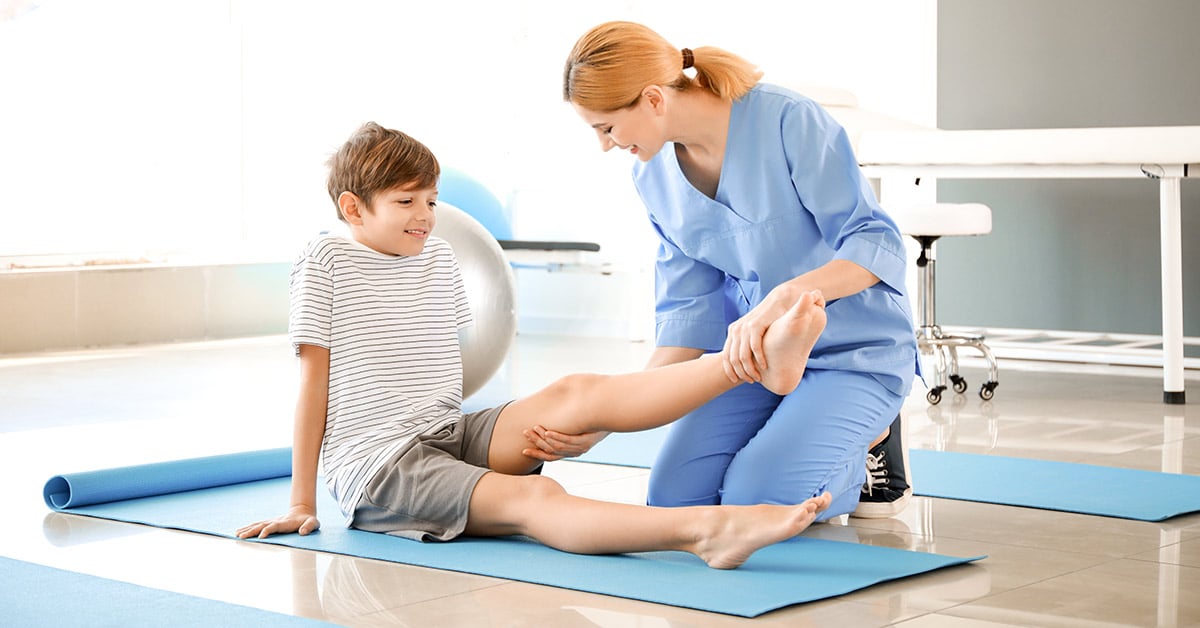Investigating the Diverse Methods of Physical Rehabilitation for Enhanced Healing and Restoration
Investigating the Diverse Methods of Physical Rehabilitation for Enhanced Healing and Restoration
Blog Article
Physiological rehabilitation is an essential discipline that assists individuals heal from injuries, surgeries, and various health conditions. It involves a variety of methods aimed to improve movement, alleviate discomfort, and boost general bodily capability. Physiotherapy practitioners are trained experts who assess each patient’s needs and create customized care plans. These plans often include workouts, hands-on treatment, and instruction about body mechanics. By employing these varied techniques, physical can substantially enhance a patient’s quality of life.
One common method used in physical is rehabilitative exercise. This includes targeted actions and exercises that help strengthen muscle strength, enhance flexibility, and increase endurance. For instance, a patient recovering from knee surgery may perform exercises that focus on restoring power in the lower limb muscles. These exercises are meticulously chosen based on the patient’s condition and objectives. By incrementally boosting the intensity and complexity of the exercises, physiotherapy practitioners can help clients regain their strength and mobility over time.
Another important method is hands-on therapy, which includes physical approaches to adjust the body’s tender muscles and joints. This can entail stretching, joint movement, and massage. Manual treatment seeks to relieve discomfort, reduce swelling, and enhance circulation. For example, a therapist may use light pressure to relieve stress in stiff muscles or to assist a joint function more smoothly. This technique is often integrated with other treatments to improve recovery and see promote healing. Clients often consider hands-on treatment to be a soothing and effective way to control their discomfort.
In furthermore to exercises and manual treatment, education plays a vital role in physical. Practitioners instruct clients about their issues and how to handle them effectively. This may entail guidance on correct alignment, physical mechanics, and techniques to avoid future injuries. For instance, a therapist might demonstrate a patient how to raise heavy objects properly to avoid injuring their back. By enabling clients with understanding, physical practitioners assist them take an active part in their recovery and promote long-term wellness and well-being.
Ultimately, technological advancements is progressively being integrated into physical methods. Devices such as ultrasound, electrotherapy stimulation, and immersive reality can enhance traditional therapy approaches. These technologies can assist reduce discomfort, encourage healing, and offer engaging methods for patients to participate in their recovery. For example, immersive reality can create engaging environments for patients to practice movements in a safe plus secure environment. As technology continues to evolve, it offers exciting opportunities for enhancing rehabilitation outcomes in physical.
In summary, physical includes a range of techniques that function together to support rehabilitation and rehabilitation. Through therapeutic activities, hands-on therapy, client instruction, and the use of technology, physical practitioners offer comprehensive treatment tailored to each patient’s requirements. This holistic method not only assists patients recover their physical capabilities but also enables them to maintain their health in the long-term run. As more individuals acknowledge the benefits of physiotherapy, it remains to serve a vital part in the pathway toward improved health and fitness.